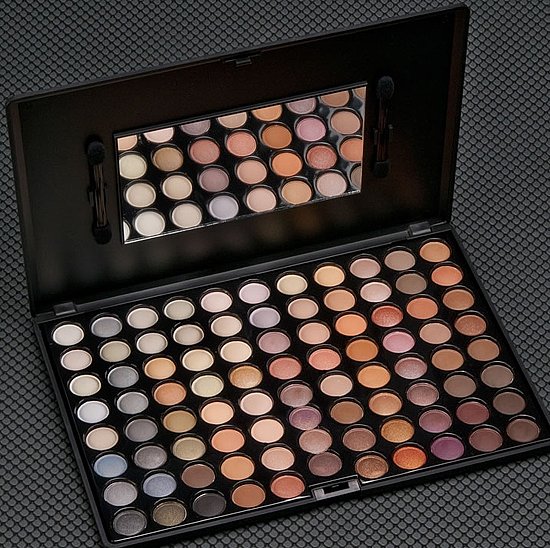
- Mac soft pro palette lens blur how to#
- Mac soft pro palette lens blur full version#
- Mac soft pro palette lens blur software#
This can give a nice effect in some images, but often it is unwanted.Īs before, load the photo into photoshop and duplicate the background layer.

You'll notice that our subject has a sort of glow around him. Now paint on the layer mask over your subject, to hide the blurred layer where your subject is. An easy way to do this is to use the keyboard shortcuts 'D' for default colors, then 'X' to swap the foreground and background colors. With the layer mask selected, change your foreground color to black. If you don't see the hardness setting, ensure that the airbrush icon (next to the brush settings icon) is activated. This is controlled using the Hardness setting, so set the hardness to 0%. In the brush options, ensure you have a soft edged brush. Just click the layer mask icon in the layers palette to create the mask. This time we will use a layer mask filled with white (Reveal all). Next create a layer mask for your blurred layer. I am using a Gaussian blur with a radius of 8.2 pixels. Load the image into Photoshop, and as before, duplicate the background layer.Īpply a blur to the duplicate layer. Click near the foreground, then drag the gradient back towards the area that should be in focus. We want the foreground to be slightly out of focus as well.
Mac soft pro palette lens blur how to#
For more information on how layer masks work, please see the article How to use Photoshop Layer Masks. The white gradient now shows part of this layer. For this example image I clicked at the base of the batteries near the rear of the image, then dragged to the duracell battery at the center of the image. Now click where should be out of focus, and drag the gradient up to the point that should be in focus. Or alternatively click the foreground color to change it. You can use the keyboard shortcut 'D' to switch to default colors (black and white). With the layer mask selected in the layer palette, make sure that your foreground color is white. This should be the second gradient in the gradient picker. In the gradient picker (near the top left of the window), choose Foreground to Transparent. Alternatively go to Layer > Layer Mask > Hide All on the top menu. With the layer selected, alt-click (option-click on a mac) on the layer mask icon at the bottom of the layer palette. Next create a black layer mask for our blurred layer. I applied a Gaussian blur with a radius of 29 pixels: You can, of course, try the other blur options as well to see how they look.Īdjust the amount of blur so that the image looks nicely out of focus. Gaussian blur is not bad, but I find Lens blur gives a slightly more realistic (out of focus) looking blur. In Photoshop Elements I would use Gaussian blur.
Mac soft pro palette lens blur full version#
In the full version of Photoshop, I would suggest you choose Lens blur. You want to choose a blur option with an ellipsis (.) after it, as this will give you an option to control how much the image is blurred.

You'll see there are a number of different blur options. With your duplicate layer selected in the layer palette, go to Filter > Blur on the top menu bar. On the top menu go to Layer > Duplicate Layer. In the layer palette click and drag the background layer to the new layer icon. With the layer selected in the layer palette, press Ctrl + J (on a PC, Cmd + J on a Mac). In Photoshop Elements you can do this a number of ways:

Mac soft pro palette lens blur software#
Open the image in your image editing software (e.g. In a follow up article I'll look at a couple of specialist plugins for creating a more realistic effect. We'll start by looking at a couple of basic ways to blur the background, then a slightly more advanced way. Some of the options will likely just be named differently or placed under a different menu. If you use image editing software other than Photoshop, hopefully you can still follow along with this tutorial. Most other image editing software, such as Paintshop Pro and GIMP has similar processes. I'll be using Photoshop Elements 10 for the purposes of this article. In this case we can use image editing software to simulate the effect of a shallow depth of field instead. This is a good way to help draw viewer's attention to your subject, rather than the background.Īlthough it is best to achieve a blurred background in-camera (see previous article: How to take photos with a blurred background by using a shallow depth of field), this is not always possible. In this article we'll look at how to use image editing software to blur the background of a photo while keeping the subject sharp.


 0 kommentar(er)
0 kommentar(er)
